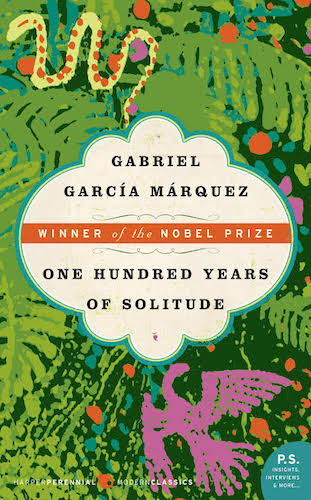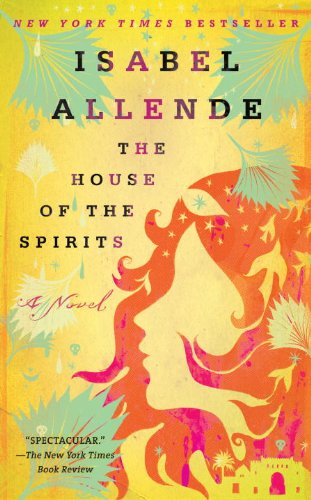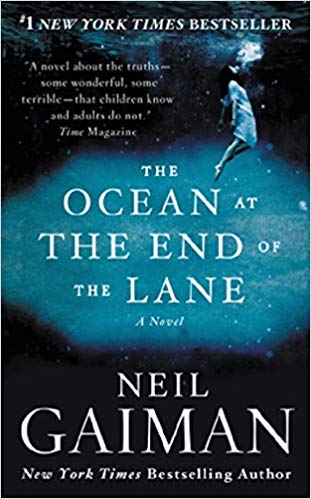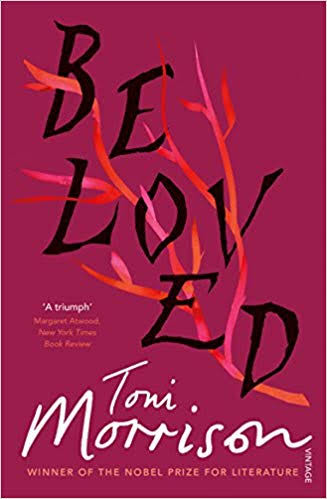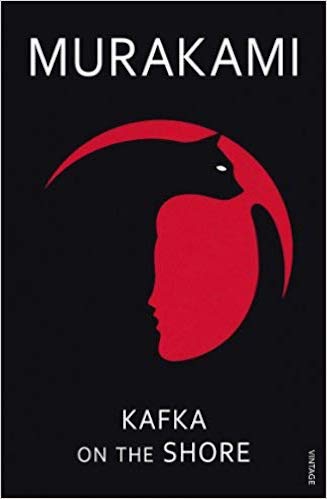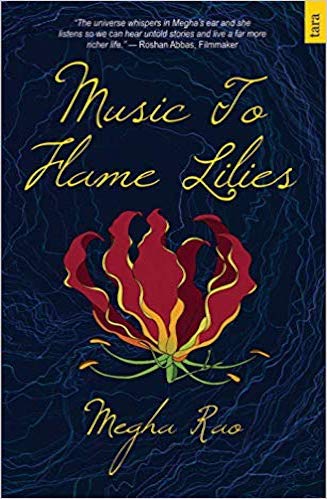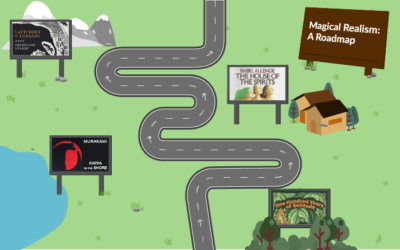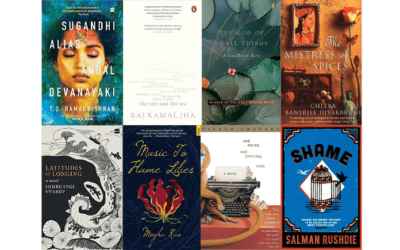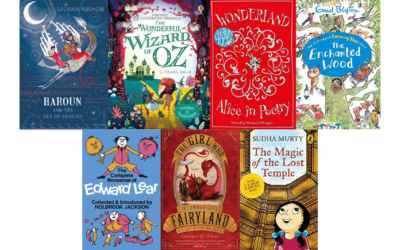Essay
Why I Love Magical Realism
It is strange that my first encounter with magical realism happened through the surrealist movement of the early 1920s that was known for its dream-like expression of reality. In University, I was already poring over multiple art historians’ accounts of Salvador Dali and Frida Kahlo to the point where I spent more time in the library than in my dorm, but I loved reading on how art could borrow from the ideas of Freud and other philosophers who actively spoke about the subconscious/unconscious mind.
My question, at some point, was what about surrealism in literature? Could I connect reality and my imagination without confusing people? That’s when I stumbled upon one of the most underrated genres of fiction – magical realism.

In so many ways, surrealism and magical realism are at variance. For one, despite similar approaches towards intermixing fantastic elements and the real, they differ in their motive. While surrealism takes us into the world of the mind, the magical realist offers the setting of the real world, and at the same time, makes you question your reality by introducing the absurd and the unbelievable in it. Magical realism is also politically motivated. Think Latin America, where it began. Think tensions post the Cold War.
This genre came into vogue specifically to discuss struggles of class, race, and unjust social structures. Think Gabriel Garcia Marquez’ One Hundred Years Of Solitude, and its underlying observations of clashes between the Liberals and Conservatives in Colombia. Another striking example would be Toni Morrison’s clever narrative in Beloved, where she employs magical realism to talk about slavery in America.
So, did it all begin in the pit of a politically-charged environment? Not really. You see, this wasn’t just about politics. Every new movement is a reaction to a previous one that got so tiring that there needed to be a revolutionary shift. Magical realism was a response to realism, which represented the drudgery of contemporary life. And of course, realism was a response to the Romantic Age (I was never a fan of this one, to be honest).
But what I really liked about magical realism was that it allowed fluidity. The creator can have her feet grounded and yet have her head in the clouds, without being stretched to the point of breaking. Magical realism allows madness and chaos, and yet presents itself to you in a – what’s the magic word? – right, ‘magical’ way. Here I’d like to bring up Yann Martel’s Life Of Pi, the story of a teenage boy stranded on a lifeboat with a Bengal tiger, and how the absurdity of tigers and man-eating trees still manages to find its way in to a real life setting.
I was also particularly swayed by Kazuo Ishiguro’s Never Let Me Go, one of the Man Booker Prize finalists in 2005, although there is much debate on whether this book fits the genre. But I’d like to admit Ishiguro’s dystopian world almost felt like a consolidation of two distinct realms; for me, it was so real, yet so unreal, as paradoxical as that sounds.
And, no doubt, this is a tricky genre. It isn’t fantasy, because fantasy is escapist in nature. Magical realism is responsible in the sense that it bridges the gap between make-believe and the harsh actuality of existence. It is aware of both worlds and accepts them. I love magical realism because while it lets me run, it also lets me come back to my ordinary life. And that means it’s created this intriguing time machine, where I can move between different spaces, different entities, even universes, and not completely lose myself.
So, if this genre interests you, feel free to pick up Isabel Allende’s beautiful The House Of The Spirits or The Ocean At The End Of The Lane by Neil Gaiman. I’ve heard Salman Rushdie is brilliant as well. I’d also love to recommend two books that have enriched the legacy of magic realism. One, Kafka On The Shore by Haruki Murakami, interspersed with pop culture and sexuality, and two, Beloved by Toni Morrison, absolutely heartbreaking and absolutely splendid.
I wrote Music To Flame Lilies when I was in University, caught between my assignment deadlines and phone calls to my cousins who were visiting their grandparents in Herga, a tiny village in Karnataka. To my cousins back home, magical realism was an everyday affair. Their village was known for ancient folklore, strange beliefs and local legends, which were all striking features of this very genre. In all honesty, it never struck me until I was halfway through the editing process, that this book was neither fantasy nor allegory, but magical realism in all its glory.
The more I researched on the culture of this quiet little place in Karnataka, the more my understanding of magical realism changed. I realised I didn’t have to follow any particular archetype. My book wasn’t breathing inside Marquez’ town of Macondo nor were its characters metamorphosing into huge insects like Kafka would have liked it.
Instead, my protagonists astral projected into rivers and made love underwater next to mermaids; my protagonists watched exorcisms and dabbled with black magic and never gave a care about conforming to any rule in the book. Ultimately, I realised there was no rule in the book as such; magical realism was all about being flexible.
I loved the fact that this genre was more accessible to postcolonial literatures and that, in many ways, it gave a voice to the marginalised. I loved that this genre allowed me to do justice to rural narratives and the stories of my ancestors, which until now were only dismissed as superstitions of the ignorant.
***
In so many ways, magical realism acts as a catalyst that not only provides a platform for indigenous voices but also exposes class struggles (in this case, caste) and all kinds of exploitation of the underprivileged. And therefore, in so many ways, magical realism, as underrated and unexplored as it might be, truly enables.
Read an excerpt from Megha’s magic realist novel Music To Flame Lilies here.
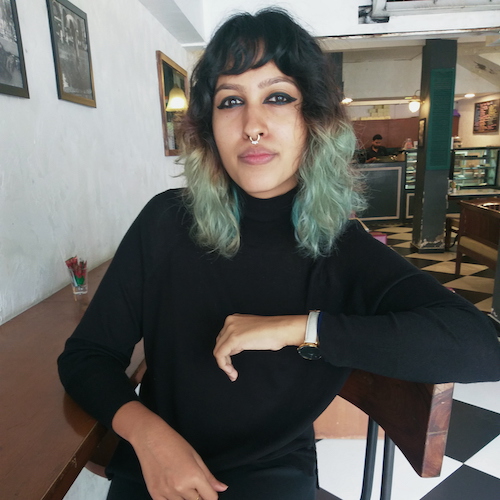
Megha Rao is a spoken word poet and a surrealist artist. Her two fiction titles were published by Penguin Random House India in 2015 and 2016. Her work has been featured on platforms such as Firstpost, The Open Road Review, New Asian Writing, Terribly Tiny Tales, ScoopWhoop, Why Indian Men Rape, Homegrown and Thought Catalog, Kommune and UnErase. When she's not cafe hopping in Mumbai with a bunch of Sylvia Plath poems or biographies on Frida Kahlo in her bag, she's mostly curled up on her grandfather's easy chair with her cats back home in Trivandrum, Kerala.
Read her articles here.

